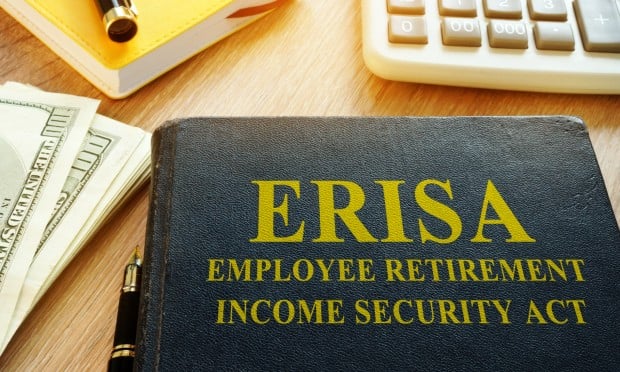 (Photo: Shutterstock)
(Photo: Shutterstock)
Eligible workers who lost their jobs during the Great Recession received a government subsidy for COBRA continuation premiums through the American Recovery and Reinvestment Act (ARRA) of 2009. As we enter another economic downturn, it's possible that future iterations of the Coronavirus Aid, Relief and Economic Security (CARES) Act could result in a similar – or perhaps even more generous – COBRA subsidy. COBRA administrators can take several steps to prepare their operations and clients for this possibility.
1. Firm up your subsidy structure
Ensure you have a structure in place that accommodates subsidized premiums coming from more than one source, and one that allows you to adjust the subsidy amount between dollar or percentage up to a fully covered premium amount. In addition, you'll need the capability to apply a subsidy to only certain benefits – such as medical instead of dental – and to complete retroactive payment processes. Make sure you're clearly aligned with insurance carriers and employers on how to manage premiums owed and paid.
2. Outline processes and communications
Prepare custom notices and communications within your COBRA administration platform that you can rapidly deploy should a subsidy take effect. You'll also need a print operation that can scale to significant proportions to manage the increased volume of Qualifying Event notices that you'll need to send or re-send.
3. Prepare customer service and operational processes and staff
With a new subsidy will come increased questions, call volume and servicing needs. Begin to draft employer-facing communications about how the subsidy may work (based on your estimations from the last government subsidy) so that you can fill in the details when a new subsidy takes effect and proactively reach out to clients and consumer. Prepare your service and support staff with the right talking points for the most common consumer questions and consider setting up IVR and pre-recorded messages.
4. Review client contracts
Take a closer look at your contracts with employer groups. Think about how you may charge employers for this work. Will the amount you charge vary if you charge a PEPM vs a per-unit-of-work methodology? Be sure you can carve out the 2% administration fees from the premium/subsidy to properly manage the billing relationship with the employer, too. If anything must change, begin the process of amending your contracts.
Continue Reading for Free
Register and gain access to:
- Breaking benefits news and analysis, on-site and via our newsletters and custom alerts
- Educational webcasts, white papers, and ebooks from industry thought leaders
- Critical converage of the property casualty insurance and financial advisory markets on our other ALM sites, PropertyCasualty360 and ThinkAdvisor
Already have an account? Sign In Now
© 2024 ALM Global, LLC, All Rights Reserved. Request academic re-use from www.copyright.com. All other uses, submit a request to [email protected]. For more information visit Asset & Logo Licensing.








